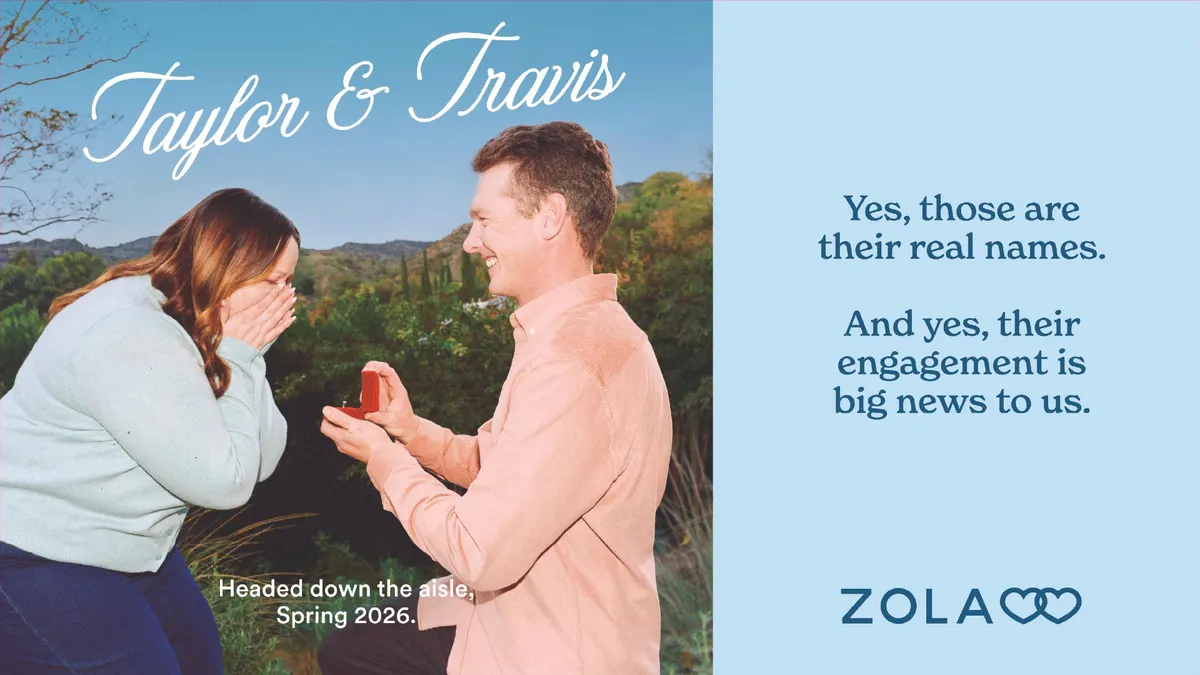Pop-up shops have become a trendy marketing tool for everything from beauty products to luxury apparel, offering consumers a unique way to experience new and favorite brands while generating social-media worthy buzz for retailers.
Could pop-ups also pay off for grocers? According to a new report from CB Insights, the answer is yes. Temporary stores in key locations offer a number of advantages for retailers including the ability to test out new products and packaging designs, promote private label products, gauge interest in new markets and get consumer feedback on new store concepts.
Hy-Vee is one of the first grocers to dip its toe in the waters, launching Patio & Grill Outlet pop-ups in Lincoln and Omaha, Nebraska and Kansas City, Missouri this spring. The 20,000-square-foot retail space is designed to turn shoppers' attention to outdoor cooking. It features patio furniture sets, yard art and children’s play equipment arranged in outdoor living spaces alongside Traeger pellet grills and other outdoor cooking equipment.
Hy-Vee wants to expand its offerings and provide the opportunity for customers to choose from a wider array of patio furniture, grills, outdoor lighting and other warm-weather products in a dedicated space, a company spokesperson told Grocery Dive. The pop-ups are seasonal and temporary, and will operate for a limited time based on market demand.
Pop-ups can do more than just display products in new ways to shoppers. They also generate a positive buzz through the media coverage they garner.
"They offer a way to reach consumers, but they also allow the retailer to reach the press," Neil Stern, senior partner at McMillanDoolittle, told Grocery Dive. "That’s why we typically see pop-ups in larger cities with higher press contingents. For many retailers, pop-ups are less about revenue and more about marketing."
Two years ago, New York City-based Story, which describes itself as a "magazine-like" curator, partnered with Walmart’s Jet.com on a six-week grocery pop-up called Fresh Story that featured presentations from chef Mario Batali and makeup guru Bobbi Brown.
Last year, Blue Apron launched its Unboxed pop-up series in New York to highlight its product offerings alongside grab-and-go food items, cooking classes, and panel discussions. Meanwhile, H-E-B recently hosted an invitation-only fine dining experience at the SXSW conference to promote its “In the Kitchen” cooking program that encourages shoppers to cook at home.
Amazon maintained 87 pop-up kiosks throughout U.S. malls, Kohl’s and Whole Foods stores, but shuttered the concept recently in order to focus on other retail concepts like Amazon Books and Amazon 4-star.
Food companies have also used pop-ups to support outreach efforts and cause marketing. Kraft launched a pop-up store in Washington D.C. to support government workers during the shutdown earlier this year, while Los Angeles-based startup SÜPRMARKT relies exclusively on pop-up grocery stores offering low-cost, organic foods to help combat food deserts in the region.
For pure-play online grocers, a pop-up is marketing gold, Stern said. Many consumers are skeptical about ordering a product online, preferring to see, touch and inspect something before forking over their cash. Anchoring an online brand to a few pop-up store locations in key markets can be an affordable way to help shoppers physically interact with a brand.
Online-only grocer and household products maker Brandless has hosted pop-ups in key markets like Los Angeles and New York City, for example.
"We learned that people were most excited about tasting and experiencing all of our products, which they could previously only see on Brandless.com," Brandless co-founder Tina Sharkey wrote to Grocery Dive via email. "They wanted to apply our clean personal care products on their skin, see our kitchen utensils in action and feel our tree-free paper products. We used this feedback to design our NYC pop-up, where the opportunities to taste and sample increased tenfold."
Private label's chance to shine
Unlike apparel or beauty products, however, consumers already know what lines the shelves of most supermarkets, making a pop-up featuring standard grocery less enticing. The opportunity for pop-ups to shine in the grocery space lies primarily in ramping up awareness and excitement over private label products, according to Natan Reddy, intelligence analyst at CB Insights. Over half of consumers are loyal to a specific banner based purely on its private label offerings, giving retailers a big incentive to market their in-house brands in any way possible.
He pointed to a restaurant pop-up by Aldi in Germany that featured dishes made using the discounter's private label food products.
"It’s a very smart strategy because a restaurant is an experience and that’s what consumers want these days. Pop-ups go hand-in-hand with experience," Reddy told Grocery Dive.
Beyond private label, grocers interested in benefiting from the pop-up craze should focus on offering a "destination retail" experience, according to Reddy. Something along the lines of a wine tasting with live music in the parking lot of a grocery store would likely entice new as well as existing shoppers to sample wares even if they aren’t private label offerings.
"It’s a very smart strategy because a restaurant is an experience and that’s what consumers want these days. Pop-ups go hand-in-hand with experience,"

Natan Reddy
Intelligence analyst, CB Insights
With consumers constantly seeking the next great retail experience and younger generations like millennials and Gen Z so reliant on social media marketing to make their purchasing decisions, pop-ups can be a sound bet for grocery retailers — but only if the execution is flawless. Sharkey said Brandless, for example, tapped special teams to help with the taste and product trial experiences to deliver a successful experience.
If a pop-up doesn't have enough product samples for guests or if the layout makes it difficult for shoppers to peruse the offerings, it could leave them with an overall negative impression toward the brand. When a pop-up draws a big crowd, it can be difficult to ensure that everyone has the same high-quality experience, Reddy points out.
“There are a lot of wild cards associated with a cooking demo, including poorly trained staff or unenthusiastic staff. Overall, if it's messy, dirty and poorly managed you are going to make a pretty bad impression," Stern said.





















